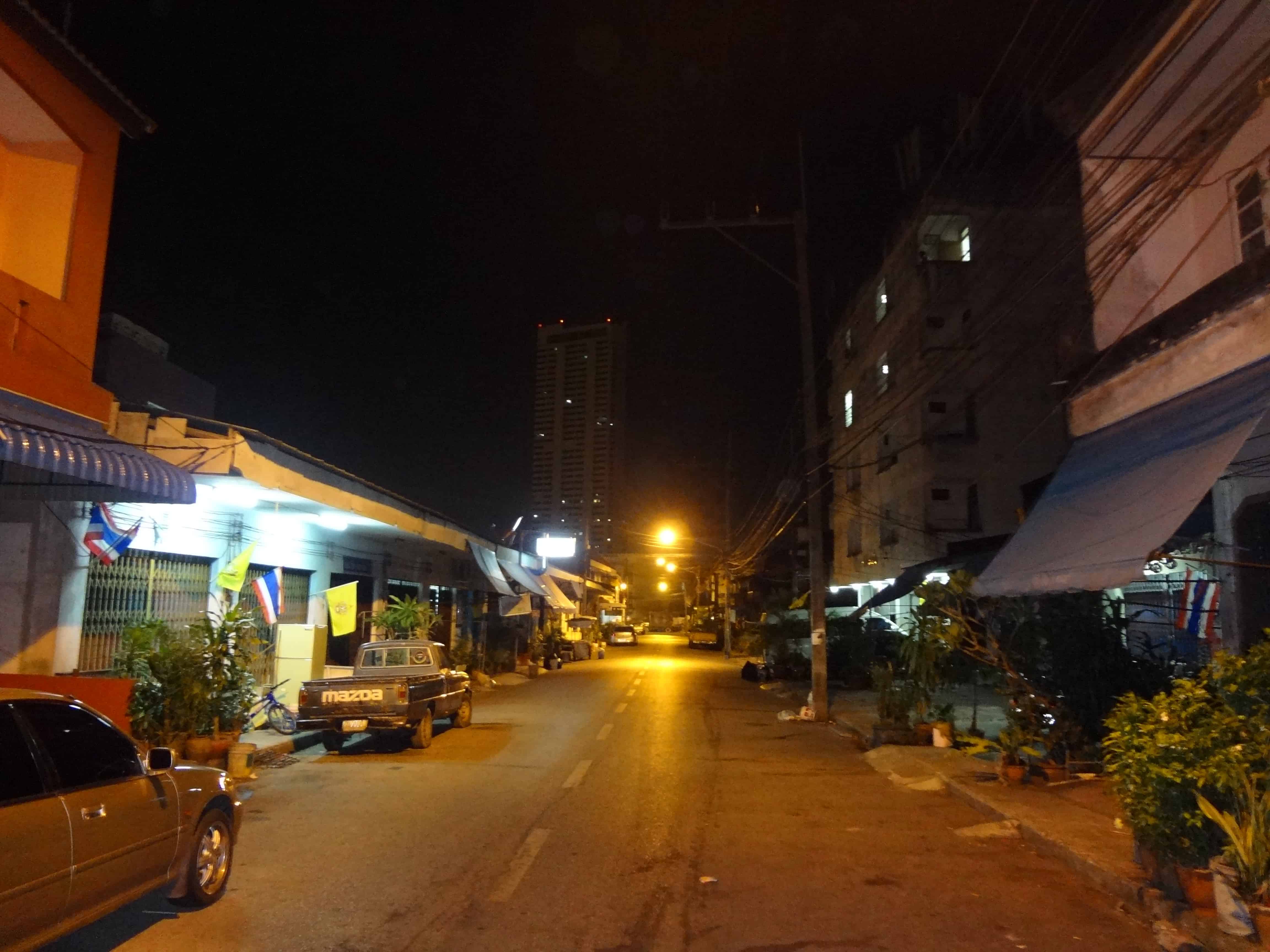“Oh, don’t go to Yala/Hat Yai/anywhere in the south. You’ll get blown up.” This seemed to be a common sentiment among many of my students and even my Thai teaching partner before I left Bangkok. And then there was a bombing in Hat Yai a few days before my arrival that had killed 14 people.
Still, it was the most direct route to the border crossing I needed to go to and the bus company had no more runs that day from Surat Thani to Sadao where I was crossing. Well before this trip, I had been teetering on the thought of whether I wanted to spend a night in Yala or Hat Yai on my way south just given their notoriety.
Still, the curiosity abounds about these kinds of places. Simply to be able to say that you have been there may be reason enough to go. So, with no other options, my decision was made for me.
Hat Yai is frequently overshadowed by other cities in the country, despite being the largest outside the Bangkok area. Most of its fame comes from its being part of the dreaded “deep South” of Thailand. These three provinces near the Malaysia border have a large Muslim minority that harbors some resentment toward the officially Buddhist government.
This sometimes manifests itself into sporadic attacks or bombings with no real target or goal in mind, and simply serves to rattle things up for a bit. These attacks don’t seem to target government or foreigners or really anything in particular. Nor do they make any clear demands that I am aware of. Malaysia does not necessarily want the territory and it doesn’t seem like a separate state would be forming there.
Still, this all serves to deter the vast amount of tourists that neighboring provinces to the north receive. Most people passing through are simply doing just that: coming or going from the Malaysian border. Although I have been told that it is a popular area for Malaysian tourists.
While I read that Yala was a fairly pleasant town, Hat Yai was notably less so when we began driving in. Admittedly, I had no orientation to it, but we drove througha fair amount fo the city before I was dropped off at the bus station around 8.
I had neither the energy nor the desire at that point to wander at any length that night to find someplace to sleep. So, when I saw a sign for a bed for rent over a closed hair salon, I took it. The rooms looked passable at first, but upon closer inspection, it was probably one of the least desirable places I had stayed in Thailand. Spiders inhabited the ceiling corners. I got to brush a few dead bugs off the bed. And the sheets were crumby, quite literally. Or at least I hoped they were crumbs.
 I made it a point to phone my mother once I was settled a bit. This would be my last night in Thailand, meaning my phone would be useless later on.
I made it a point to phone my mother once I was settled a bit. This would be my last night in Thailand, meaning my phone would be useless later on.
Jolene, who I had met the day before in Surat Thani, had brought up an interesting point that, because of the bombings, there would likely be a much larger police presence. In theory, that should make it safer. Police were indeed out in greater numbers than I expected. Despite that, I still didn’t go further than a couple blocks from the bus station when looking for dinner.
The next morning I found a van just around the corner going to Penang, Malaysia. Although my destination for that day, the ruins of Lembah Bujang, was a small distance before Penang, it still looked to be my best and quickest option.
Hat Yai certainly was not an interesting city, but despite the relentless doubts of people I worked with, I was not blown up. And, while my first foray into semi-dangerous territory was not to exciting, it was a step toward proving to myself that not all places with a bad reputation are actually what people say.


















Don’t you ever stay home?
Rarely